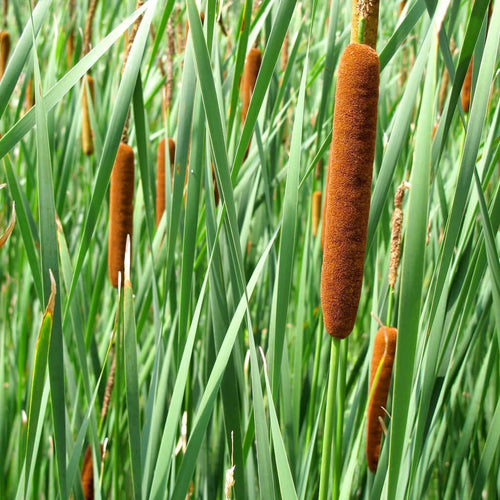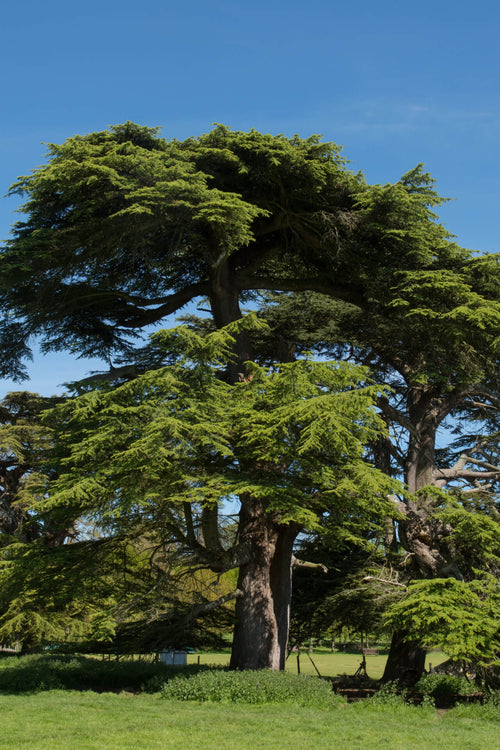Plants that control stagnant standing water
Proper management of stagnant wetlands is critical if certain diseases such as malaria are to be controlled. Stagnant water provides a suitable breeding ground for mosquitoes that play a role in the spread of malaria. However, different plants can be used to control stagnant wetland areas. Most of the plants that grow in wetlands do not necessarily require the water to be standing to grow well because they can even survive in dry areas. By planting different wetland plants, it is possible to turn the stagnant wetland into a paradise. Here are several plants that you can use to control your stagnant wetland areas.
Cattails are among the most common aquatic plants. They grow in wetlands and are characterized by a flowering spike unique and flat leaves that look like blades. They also grow to a height of between 3 and 10 feet. These plants are common in extensive marshes and the edge of ponds because they flourish in shallow, flooded environments. The cattails can grow and spread fast under suitable conditions.
Duck Potatoe
Duck potato is also known as Sagittaria latifolia, Indian potato, or broadleaf arrowhead. It is found in shallow wetlands. Duck potatoes produce some edible tubers that can are commonly used in South America as food. Plants mature to heights of 2 to 4 meters and are characterized by some large leaves that are evergreen and have the shape of the arrowroot.
Pickerelweed
The botanical name of pickerelweed is Pontederia Cordova. The plant grows to around 2 to 3 feet in association with the arrow annum. Leaves that have the shape of a heart and stripes that look like veins characterize pickerelweed. It has an inflorescent that has a blue flower appearing on one of the leaf-like bracts. The blooming period of the plant is between May and October.
Arrow Arum
Its large leaf blades that are triangular, and fruiting heads that look like fruits mark arrow arum. The leaves of the plants will emerge in May or June to surround a cylindrical inflorescence that appears quite fleshy. This inflorescence will later transform into a seed case that looks like a pod during the early autumn and late summer. The seed case will drop into the marsh to release the seeds.
Soft Rush
The botanical name of the soft rush is Juncus effuses. The plant looks like the black needle rush that appears in the marshes of saltwater. However, it does not have a sharp tip. Soft rush is also not still like the black needle rush.
Marsh Mallow
Flowers that look like showy pink hibiscus with alternate leaves that have dense hair characterize marshmallows. The plant matures to a height of 2 or 3 feet, and its blooming period is between July and August. With the right wetland plant, it will be possible for you to enhance the beauty of your environment. Having these plants in your garden creates a relaxing and attractive environment.
Buy plants today at TN Nursery
https://www.tnnursery.net




















































